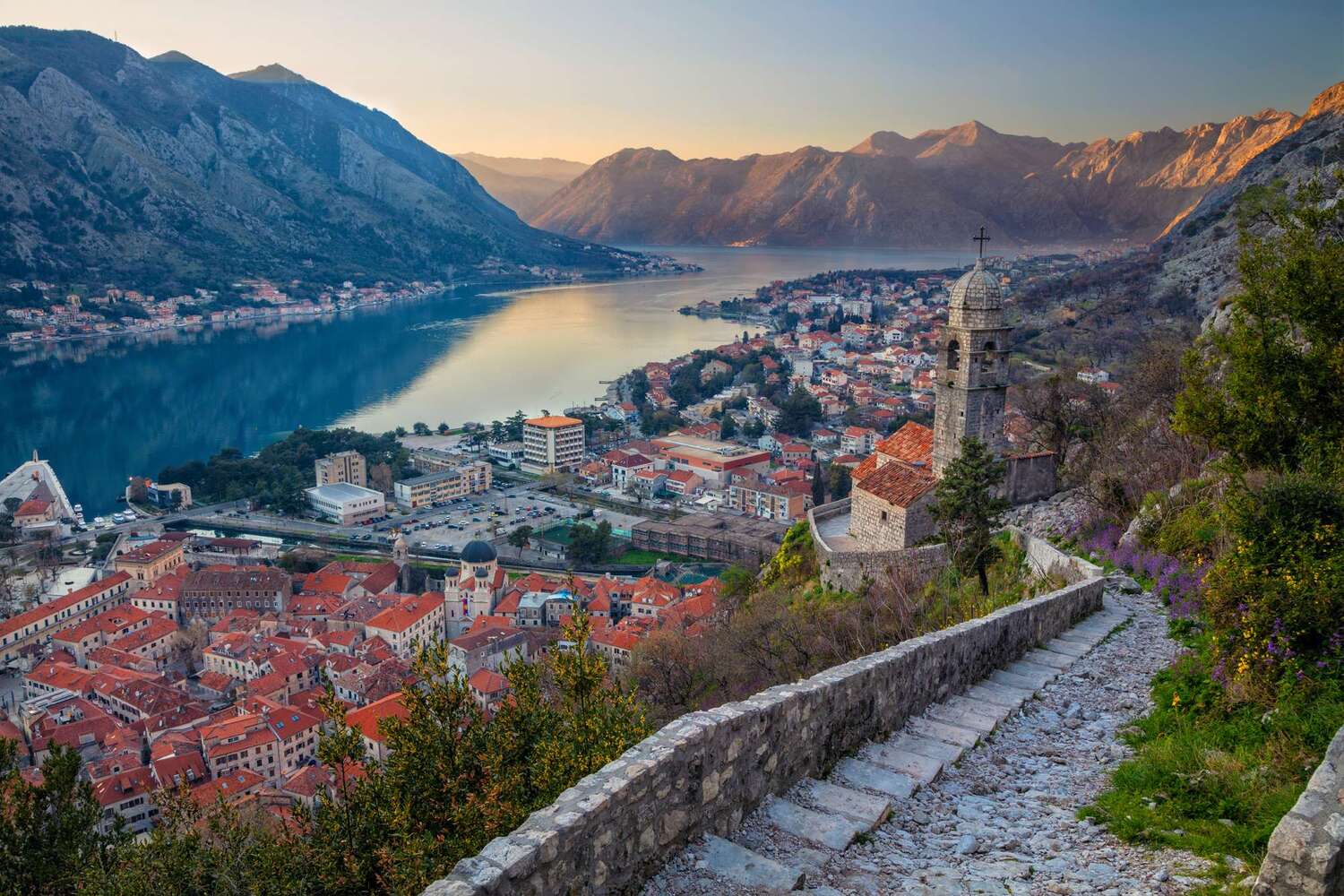Montenegro is a small but incredibly vibrant country in the Balkans that captivates visitors with its natural beauty, rich history, and warm hospitality. Despite its compact size, Montenegro amazes with its diversity of landscapes, ancient cities, and unique traditions. Every corner of this country holds legends, and its cultural heritage has been shaped by the influence of many nations and civilizations. Here are fascinating and little-known facts about Montenegro that you might not know, and that will help you see this country in a new light.
- The name “Montenegro” literally means “Black Mountain,” referring to the dense forests that once covered its local mountains. The Italian name “Montenegro” is commonly used internationally and carries the same meaning.
- Montenegro is one of the youngest countries in Europe, as it declared independence only in 2006. However, its history goes back thousands of years, and this land has always been a stage for the struggle for autonomy.
- The country has a population of about 620,000 people, but it is characterized by exceptional ethnic and cultural diversity. Besides Montenegrins, there are also Serbs, Albanians, Bosniaks, Croats, and representatives of other nationalities living here.
- The capital of Montenegro is Podgorica, but the main tourist center is the historic city of Kotor, located on the picturesque bay. The old town of Kotor is listed as a UNESCO World Heritage Site and impresses visitors with its medieval architecture.
- Montenegro is renowned for its stunning natural landscapes: high mountains, turquoise lakes, canyons, and the Adriatic coastline with clean beaches. The country is home to the deepest canyon in Europe, the Tara River Canyon, which is very popular among rafting enthusiasts.
- There are five national parks in the country, the most famous of which is Durmitor. Here you can find rare animal species, endemic plants, and the glacial Black Lake, which has become a symbol of Montenegro.
- Montenegro is one of the few countries in the world where you can see both the sea coast and snow-capped mountains within just a few hours. This makes it a favorite among active travelers who want to combine beach relaxation with mountain hikes.
- The official currency of Montenegro is the euro, even though the country is not a member of the European Union. This unique situation arose after separating from Serbia and has opened new economic opportunities.
- Montenegro has some of the oldest monasteries in the Balkans, including Ostrog Monastery, which is carved into a rock at a height of over 900 meters. This holy site is visited by thousands of pilgrims from all over the world every year.
- The official language is Montenegrin, but Serbian, Croatian, Bosnian, and Albanian are also widely spoken. Many people speak several languages, which reflects the multinational character of Montenegro.
- Montenegrin cuisine combines Mediterranean, Balkan, and Eastern European traditions. Dishes featuring seafood, lamb, cheese, vegetables, and olive oil are especially popular, and in the mountains you can taste traditional smoked meats and homemade wine.
- The beaches of Montenegro are considered some of the cleanest on the Adriatic Sea. The coastline stretches for over 290 kilometers, and the most popular resorts include Budva, Sveti Stefan, and Herceg Novi.
- The country grows a unique variety of grapes called Vranac, which is used to produce a red wine of the same name. This wine is a source of national pride and has received many international awards.
- One of the oldest olive trees in the world grows in Montenegro, estimated to be over 2,000 years old. It is located in the city of Bar and symbolizes endurance and historical continuity.
- Despite its small size, Montenegro is home to over 50 percent of all bird species found in the Balkans. Here you can see rare eagles, flamingos, pelicans, herons, and many other birds.
- Montenegro maintains a long-standing tradition of hospitality. In rural areas, the custom of welcoming guests with bread and salt is still preserved, and a guest is considered a bearer of good fortune.
- The Bay of Kotor leaves a lasting impression as one of the largest bays in Southern Europe, resembling a fjord and surrounded by majestic mountains. There are ancient towns, many churches, and unique seascapes in this area.
- In 2017, Montenegro became a member of NATO, which marked an important milestone in its modern history and fostered the development of international relations.
- Sports competitions are extremely popular in the country, especially football, basketball, water polo, and martial arts. Montenegrin athletes have repeatedly won medals at European and world championships.
- Montenegro has a rich folklore heritage—ancient songs, epic poems, and legends about heroic warriors and highlanders have been passed down from generation to generation. Folklore remains an essential part of the country’s cultural life.
These incredible facts about Montenegro show that this country has a unique character, impressive natural beauty, and a fascinating history. Despite its small territory, Montenegro offers visitors a wealth of discoveries, adventures, and new experiences. You might not have known about the diversity of traditions, landmarks, and features of this region, but it is precisely these things that make Montenegro a true gem of the Balkans. After learning these interesting facts, you will surely want to visit this remarkable country.





